The brake system of the car is closely related to safety. Most of them are traffic accidents caused by the brake system failure. Therefore, it is very important to check and replace the brake system in time, but it cannot be waited until the fault occurs. It is too late to replace it. The service brake system is also the brake system we often say. The hydraulic assist system is generally used, which consists of brake pedal, brake fluid, brake master cylinder, brake oil pipe, brake cylinder, brake (disc brake and drum brake). ) and other components. During the braking process, the brake pedal will drive the brake master cylinder to brake the brake oil to the brake cylinder, and the brake cylinder will act on the brake pad/brake disc or the drum brake to force the wheel speed to decrease and achieve the braking effect. Brake fluid is a liquid medium that transmits brake pressure in an automotive hydraulic brake system and is used in vehicles that use hydraulic brake systems. Brake fluid, also known as brake oil or forced oil, its English name is Brake Fluid, which is an indispensable part of the brake system brake. In the brake system, it is used as a medium for force transmission, because the liquid is Can not be compressed, so the pressure from the master pump is directly transferred to the pump through the brake fluid. Early motor vehicles used a brake system that was fixed to the tire and rotated at the same speed. When braking, the oil pressure is applied to push the brake shoes to contact the inner edge of the brake drum, and the friction generated by the contact is used to suppress the rotation of the tire to achieve the purpose of braking. The drum brake is composed of a brake base plate, a brake cylinder, a brake shoe and the like, a connecting rod, a spring, a tip nail and a brake drum. Currently only used in the rear wheel. The drum brake has a lower cost and a higher absolute braking force, and is used more in the rear wheel of a small car. Disc brakes are sometimes called disc brakes. When the brakes are used, the brakes are used to push the brakes. In fact, they are brake calipers, which cause the brake pads to squeeze the brake discs, generate friction, hinder the rotation of the wheels, and play a role in deceleration. The main advantage of the disc brake is that it can brake quickly when braking at high speed. The heat dissipation effect is better than that of the drum brake. The braking performance is constant and it is convenient to install advanced electronic equipment like ABS. The anti-lock brake system ABS stands for Anti-lock Braking System and can be installed on any car with hydraulic brakes. It uses a rubber airbag in the valve body. When the brake is pressed, the brake oil pressure is applied to the valve body of the ABS. At this time, the airbag uses the middle air compartment to return the pressure, so that the wheel avoids the locking point. If the front wheel is locked, the driver cannot control the direction of the vehicle. If the rear wheel is locked, the side slip phenomenon is very likely to occur. Whether it is a hydraulic system or a brake, it is necessary to regularly check whether its work is normal. Most automobile manufacturers have strict requirements on the replacement cycle of brake oil, generally 2 years or 50,000 kilometers (the regulations of different manufacturers on kilometers) will be The difference). Brake oil has the characteristics of water absorption. If it is not replaced for a long time, it will corrode the brake system and bring hidden danger to the vehicle. Replace the friction lining and adjust the clearance After the drum brake is used for a period of time, it is necessary to adjust the friction lining gap. The adjustment rod can correct the gap between the friction lining and the brake drum. After the adjustment is completed, it is necessary to verify whether the brake gap is suitable. If the friction lining wears too much, the friction lining needs to be replaced, and the left and right wheels need to be replaced at the same time. After the replacement is completed, the brake clearance should also be adjusted. Well, the above are the knowledge of the car brake principle and maintenance introduced by Xiaobian and everyone. I hope that it is useful to the car. The car maintenance is related to the safety of the car and its own safety, so it must not be neglected. Always go to maintenance! In the process of Machining Titanium alloy, the titanium alloy material itself has low modulus of elasticity, large elastic deformation, high cutting temperature, low thermal conductivity and high chemical activity at high temperature, which makes the sticky knife phenomenon serious, easily aggravating the tool wear and even breakage, which leads to the poor machinability of the titanium alloy. Therefore, machining titanium alloy requires proper cutting tools and good machining technology. Machining Titanium Machining Titanium,Titanium Machining Parts,Titanium Cnc Turning Machining Parts Buildre Group Co., Ltd. , https://www.bldcncmachining.com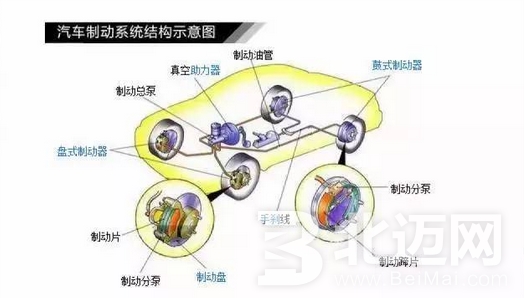
Service brake system
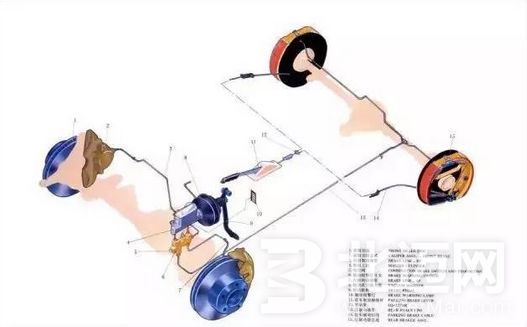
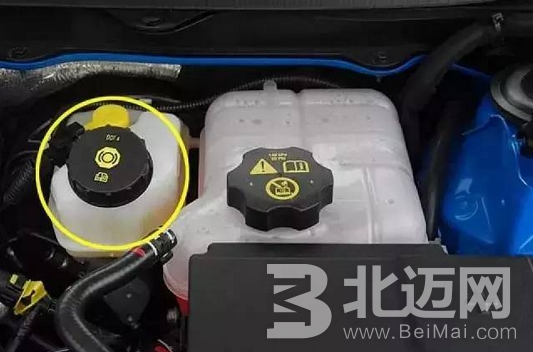
1. Castor oil-alcohol type: It is prepared by blending refined castor oil 45%-55% and lower alcohol (ethanol or butanol) 55%-45%, and obtaining a clear or transparent liquid which is colorless or light yellow by precipitation. That is, alcohol type brake fluid for automobiles. Castor oil plus ethanol is alcohol type 1, castor oil plus butanol is alcohol type 3. The raw material of the alcohol type brake fluid is easy to obtain, the synthesis process is simple, the product has good lubricity, and the disadvantage is that the boiling point is low and the property is unstable at low temperature.
2. Synthetic type: It is made by adding additives such as lubrication, anti-oxidation, anti-rust and anti-rubber swelling with ether, alcohol and ester.
3. Mineral oil type: It is made by adding a thickening agent and other additives to the refined light diesel oil fraction.
Drum brake
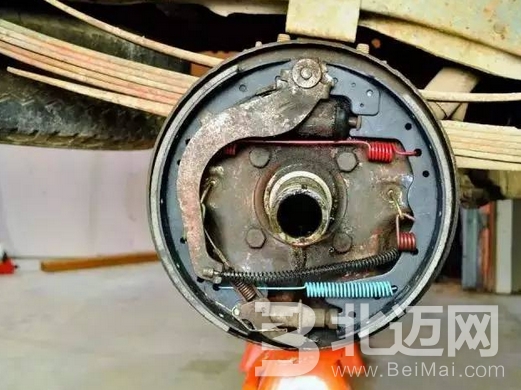
Disc brake
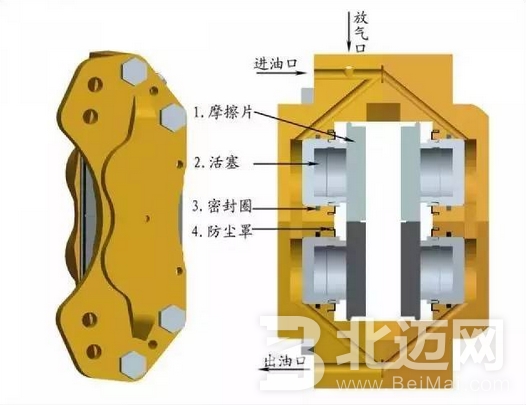
Anti-lock brake system
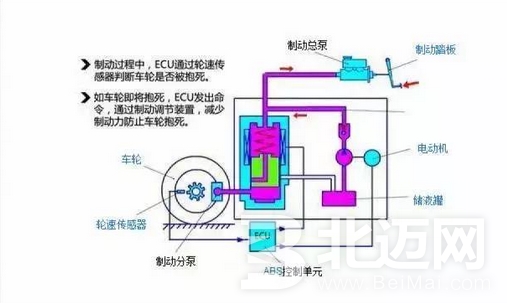
Brake system maintenance
The maintenance of the brake system is mainly divided into two parts: hydraulic system and brake. The hydraulic system includes brake oil, brake pump and brake oil pipe. The disc brake includes brake caliper, brake disc (brake disc) and brake lining. Blocks (brake pads), etc.; and brake brakes include brake cylinders, friction linings, clearance adjustment levers, and return springs.
Replace brake oil
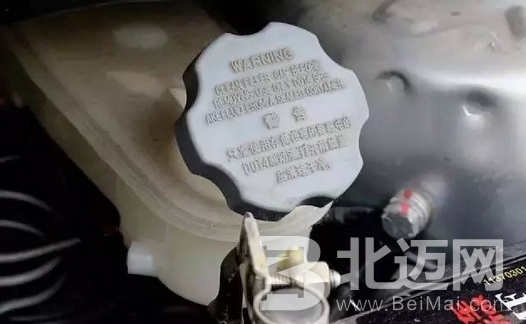
Replace the brake pads / brake disc
Whether driving a new car or an old car, safety is always the first consideration and the most important thing for the driver. At this time, the brake system and the tire are the most intuitive embodiment of the safety factor. The brake system generally includes the brake pad, brake disc and brake. Oil, pay special attention after the insurance. In general, the front brake pads replacement cycle of most cars is about 3-5 million kilometers, and the rear brake pads are slightly longer about 60,000-80,000 kilometers. When 4S shop maintenance, every time you must check the brake pads is a rigid rule, we do not have to worry about this, and when the repair shop is doing maintenance, it may be ignored by some maintenance workers due to time constraints or other reasons. The necessary reminders for the owner are crucial.
In addition to calculating the replacement cycle based on the mileage, the brake pads are also related to the condition of the vehicle, the driving habits of the owner and the roads that are often opened. Therefore, the mileage mentioned above is only a reference. Whenever the replacement is made, the result of each inspection shall prevail. In addition, many cars also have an alarm system. When the alarm light is on, the brake pads need to be replaced. The brake disc is more resistant to wear than the brake pads, and the corresponding replacement cycle is longer, and the user can easily ignore the inspection and replacement. Generally speaking, the brake disc replacement cycle is twice as long as the brake disc. Of course, the user will have different time for different use environments. After the de-protection, there is no 4S shop reminder, the user needs regular visual inspection, and the user refers to the manual. Replacement cycle. Whether it is to replace the brake pads or the brake discs, it must be replaced, and a single replacement of the brake pads or brake discs will aggravate the rapid wear of the new brake pads or brake discs, and will cause the braking direction to shake and affect driving safety.
